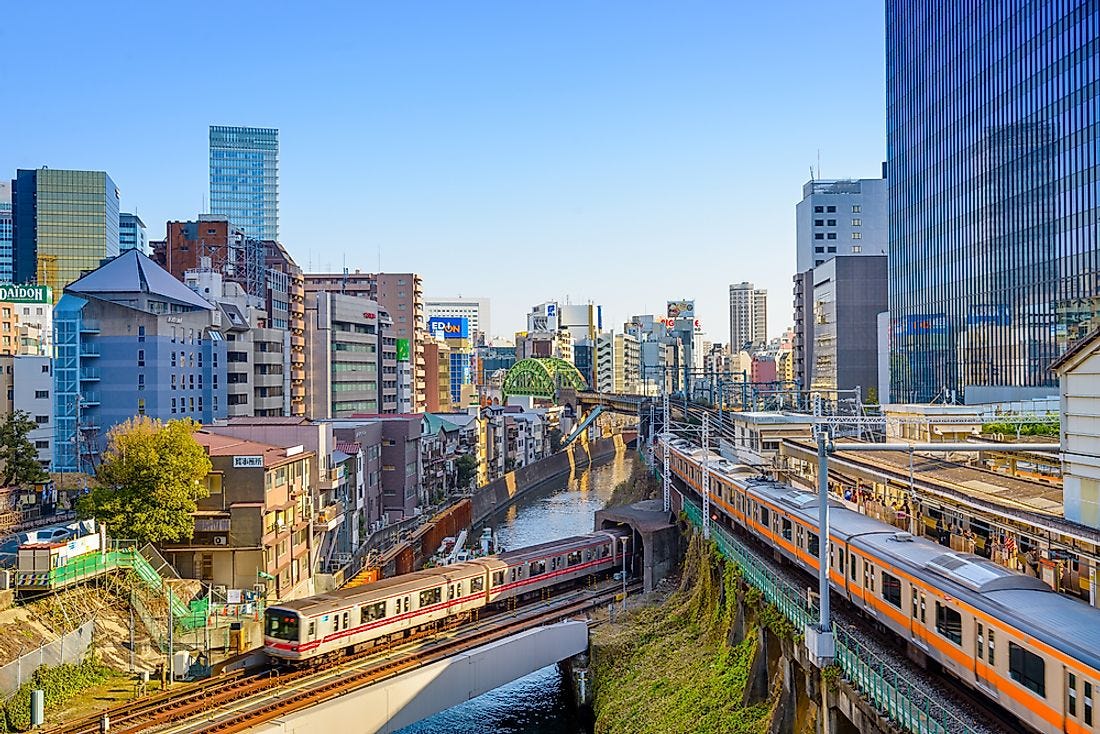You might be surprised to know that most public transit systems are actually unprofitable. This is a huge problem as it often means that taxpayers have to subsidize trains, busses and metros to keep them operational, which in turn leads to lack of support for new transit projects.
To be fair, taxpayers subsidize roads, parking lots and other car centered infrastructure much more than public transit in basically every country. However, if public transit is to truly fulfill its potential of replacing cars, improving cities and the environment, I believe somewhat profitable systems are necessary.
To measure profitability in the public transit world, the term farebox recovery ratio is used. The farebox recovery ratio (also called fare recovery ratio or fare recovery rate) of a passenger transportation system is the fraction of operating expenses which are met by the fares paid by passengers. It is computed by dividing the system's total fare revenue by its total operating expenses.
For example, if a farebox recovery ratio is 100%, that means that the transit system breaks-even, where costs equals the system’s revenue.
Below, I have listed the top 10 most profitable public transit systems from the three main transit continents, Asia, Europe and North America:
Asia
Almost all profitable public transit systems are located in Asia. It is partly due to the population density, but on top of all, more relaxed zoning laws and a favorable opinion of public transit have helped the systems on this list being built and operated much cheaper than their American and European counterparts:
As the list shows, Japan absolutely dominates the fare recovery ratio in Asia (and the world). This is due to the unsubsidized prices Japanese people are willing to pay for fares. This is possible partly because Japan is one of the richest countries in Asia, but also because the employer pays for people’s work commute fees!
Europe
It’s sad to see that there is only one profitable public transit system in Europe, the London Underground (even though many systems are very close to profitability). While the reasons are many, including less population density than in Asia, and often much older infrastructure, more profitable public transit should definitely be possible. However, a lot of European cities have chosen to heavily subsidize their public transit to make it affordable for everyone, which can definitely be seen as a positive, even though it burdens its taxpayers more:
North America
Perhaps not so shockingly, not a single public transit system in North America is profitable… Many people attribute this to North America’s size, but that’s a weak excuse.
Even transit systems in very dense cities, like San Francisco or New York run with with massive deficits… Sadly, North America just seem horrible at building and maintaining public transit and should definitely take lessons from Asian and European public transit systems.








Wonderful information - can you share your data sources please?
I was surprised that there are ANY systems that are profitable. Why did you pick sub-systems of integrated metropolitan systems (London both just part of TfL, Ferrocarrils just a TINY part of TMB)? None of these systems in its entirety is anywhere near profitable. It´s like looking at the sinking Titanic and looking at the portside of the hull saying "look, this looks perfectly fine!". And just for the avoidance of doubt I have no beef with taxpayers supporting public transport until we make every roaduser pay for road use...